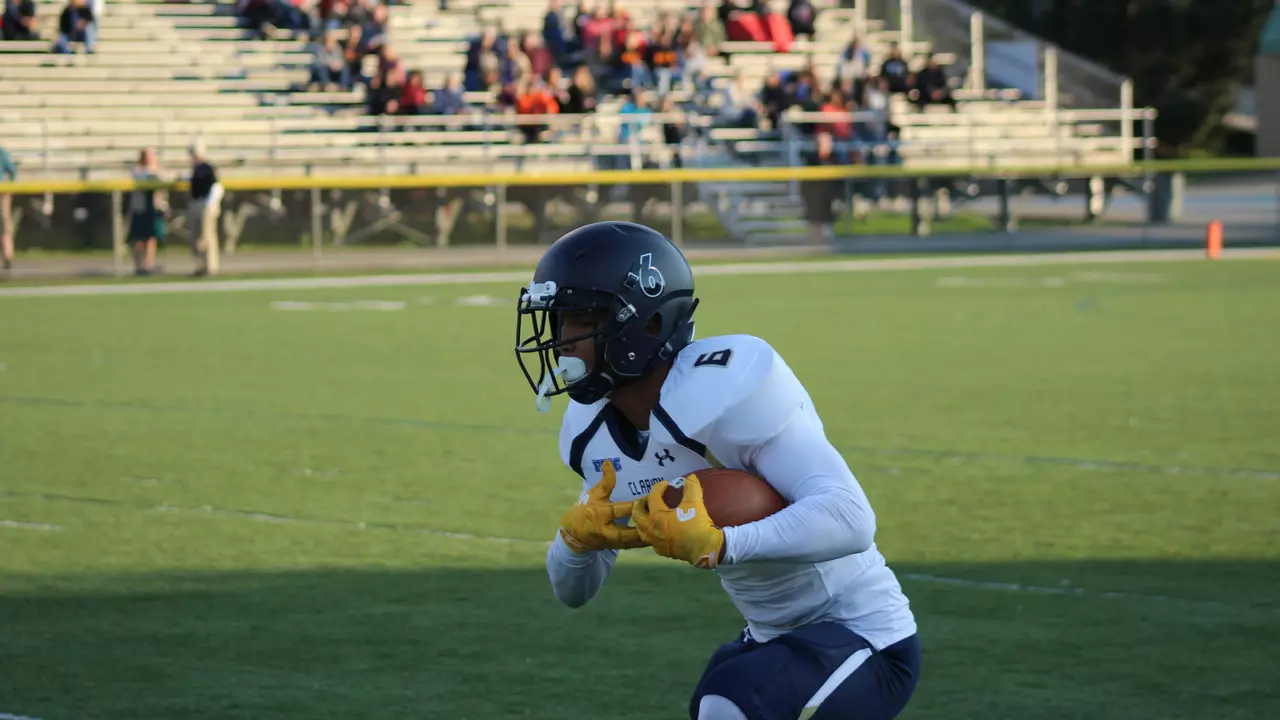Sports and Fitness: What Every Young Footballer Should Know
Welcome to the go‑to spot for simple, real‑world soccer advice. Whether you’re a kid just lacing up or a parent checking gear, we break down the basics fast. No jargon, just clear tips that help you stay safe, train smarter and enjoy the game.
Do Soccer Players Wear Cups?
Short answer: almost never. Most players skip the cup because it can restrict movement and feel uncomfortable during sprints, dribbles and kicks. The game relies on speed and agility, so a bulky cup would be a real distraction. That doesn’t mean players ignore protection – they use shin guards, well‑fitted shorts and sometimes padded undershirts for extra comfort.
When a player does need extra protection – say they’re recovering from a groin injury – a soft, flexible cup can be tucked into a compression short. It’s not common in match play, but it’s an option for training sessions where the risk of a stray ball is higher. The key is to test comfort before a game; you don’t want to be adjusting gear halfway through a match.
Essential Gear for Young Players
Beyond the cup question, the must‑haves are shin guards, proper football boots and breathable clothing. Shin guards must cover the whole shin, fit snugly and stay in place with a sock or elastic strap. Boots should match the playing surface – firm boots for firm ground, molded studs for grass. Breathable kits help regulate temperature, so players stay cool and avoid overheating.
Don’t forget a water bottle and a small first‑aid kit in the bag. Hydration keeps energy up, and a few band‑aids or ice packs are handy for minor knocks. Parents often overlook these small items, but they save a lot of hassle later.
Another practical tip: give the gear a quick check before every practice. Look for cracked studs, worn‑out shin guard padding or loose laces. Fixing small problems early prevents bigger injuries later.
Training-wise, focus on basic ball control, short sprints and simple drills that build confidence. Keep sessions short – 45 minutes for younger age groups works well – and mix in fun games to keep kids engaged. Variety stops boredom and builds a well‑rounded skill set.
If you’re curious about conditioning, simple body‑weight exercises like squats, lunges and planks improve strength without needing a gym. Do a quick routine after warm‑up, and players will notice better balance on the pitch.
Parents often ask how to spot early signs of fatigue. Look for slowed reaction time, drooping shoulders or a drop in enthusiasm. A quick break, water and a few deep breaths usually reset energy levels. If fatigue persists, it might be time to review training load.
Finally, keep the love for the game alive by celebrating small wins. A well‑timed tackle, a clean pass, or even a good attitude earns praise. Positive reinforcement builds confidence, which translates to better performance.
That’s the core of sports and fitness for junior footballers – practical gear choices, smart training habits and a focus on safety. Use these tips, stay consistent, and watch the progress on the field. Happy playing!<
